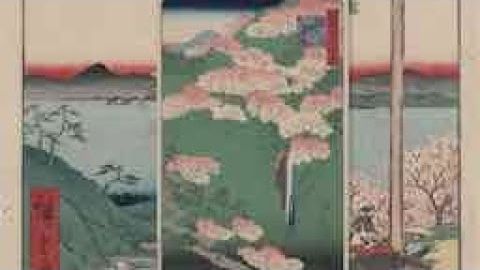【英語で日本文化】何世紀にも渡って愛されている「桜」の歴史
神谷菜々子 が 2022 年 03 月 25 日 に投稿  この条件に一致する単語はありません
この条件に一致する単語はありませんUS /ˈpɪriəd/
・
UK /ˈpɪəriəd/
- n. (c./u.)期間 : 時代;強調;終止符;生理;授業時間 : 時限
US /ɛmˈbres/
・
UK /ɪm'breɪs/
- n. (c./u.)抱擁;受容
- v.t.抱擁;受け入れる;含む
- n. (c./u.)衝動;衝動
- v.t.(人に~するよう強く)促す : 勧める;もちかける
US /ˌdɛstəˈneʃən/
・
UK /ˌdestɪˈneɪʃn/
- n.目的地;観光地;(コンピューター)送信先;(貨物)届け先
エネルギーを使用
すべての単語を解除
発音・解説・フィルター機能を解除
